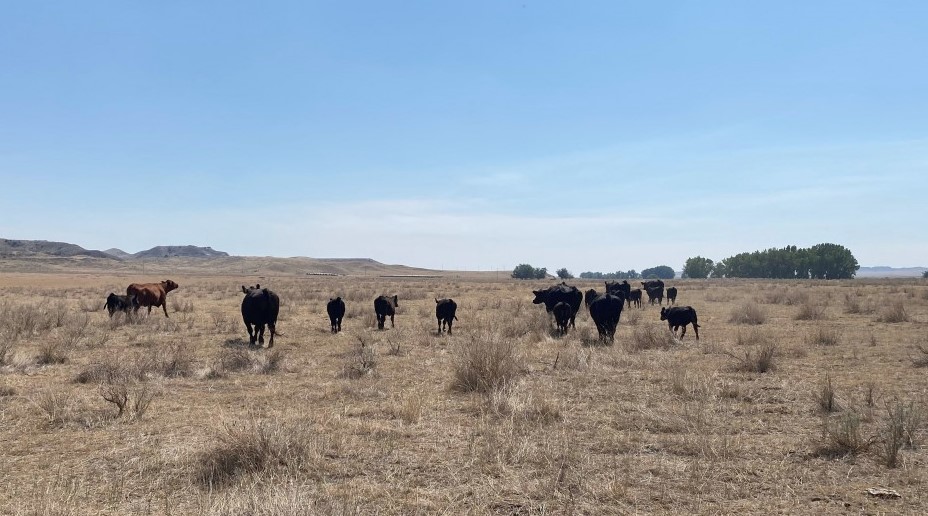Art Cullen - Storm Lake Times Pilot
Gene Jackson hated to part with his 10-year-old mule Jackie. He had to put his best saddle on her for show at Valley Livestock Auction near Monte Verde, Colo.
The 19-year-old cattleman can’t justify feeding her in this drought, where water-intensive alfalfa is a precious commodity held back for 150 pairs of cows and calves running his family’s 1,500 acres in the San Luis Valley just off the Front Range of the Rockies.
“A lot of people are getting out,” said Jackson, who works with his father and grandpa.
Gene is hanging tough. He’s smart, with an animal science degree from Trinidad State University. He believes his family has a good reputation at the bank. His 17-year-old brother intends to run cattle, too. They can’t imagine doing anything else. It’s not easy when the creek runs dry, as it has for decades on the Great Plains, the Rockies and the Southwest in an extended drought not witnessed in more than a millennium.
The trailers lined up for miles last fall at sale barns across the vast expanse of cattle country — from Texas up to North Dakota, and from Kansas to California — as everyone downsized, and many just shook the manure off their boots and got out.
It’s all about the water.
“Water is life,” said Vidal Garcia, who runs cattle in the south of the valley. “And the government is fighting us tooth and nail.”
“Our leaders long ago fought for our right to our homeland, including the right to water, the right to life,” said Navajo Nation leader Chrystaline Curry, following March 22 arguments before the U.S. Supreme Court in a contest with Arizona over demands to make water accessible to the tribe.
Without water, the pastures around Colby, Kansas, turn brown and patchy. The corn last year was puny, 20 to 30 bushels per acre when 90 bushels are the norm on non-irrigated High Plains land. We Iowans get alarmed if corn doesn’t hit 200 bushels per acre dressed with petrochemicals in black, spongy soil.
It forces difficult decisions. Do you plant corn this year? The La Niña hot-dry weather pattern of the past three years appears to have relented. Colby has seen relief in recent rains but remains in drought. Down the Great Western Cattle Trail from Dodge City to Amarillo, it’s in “exceptional drought,” the worst level, according to the March 30 National Drought Monitor at the University of Nebraska.
When you can’t grow corn in Kansas, you have to haul it in from Iowa to finish steers in the huge feedlots owned by the big meatpackers or corporate barons. Corn has doubled in price through this drought.
It makes everything more expensive. Ranchers have to buy water storage. Fewer cattle mean higher hamburger prices, even at the sale barn mess hall. The average age of an American farmer is 60. Out West, water and land are the two main limiting factors for young operators to jump in. That means fewer cattle in fewer hands.
It means higher food prices going forward. Egg prices are not going down long-term. Iowa is maxed out on pork production, much of it bound for an Asian population demanding more protein.
Corn is becoming too expensive for ethanol. Sure, Colby might have found a bit of spring relief but are you willing to bet the farm that it won’t dry out this summer? This drought has been going on for 20 to 30 years, and could run another 20 or 30.
The Ogallala Aquifer is running out of water from irrigating corn out in the dust and rocks, and running those center pivots for alfalfa — not to mention the cattle and people who need a drink. The Republican River in Kansas and Nebraska is a trickle. The Colorado River that slakes Phoenix and Las Vegas is running full from a series of 14 atmospheric river bombs that laid destruction up and down the Pacific Coast.
It’s always been tough eking out a living against the wind. That seems to be the prevailing attitude. You will be the last man standing. But that’s not how it always shakes out, as the lines at the sale barns testify.














